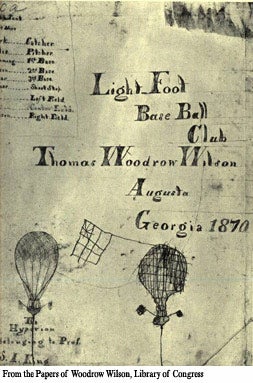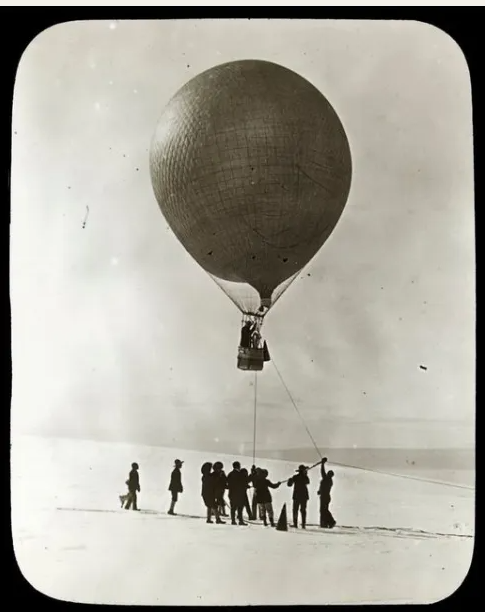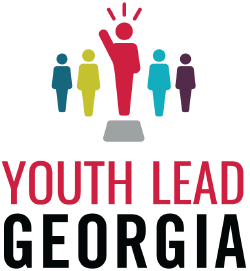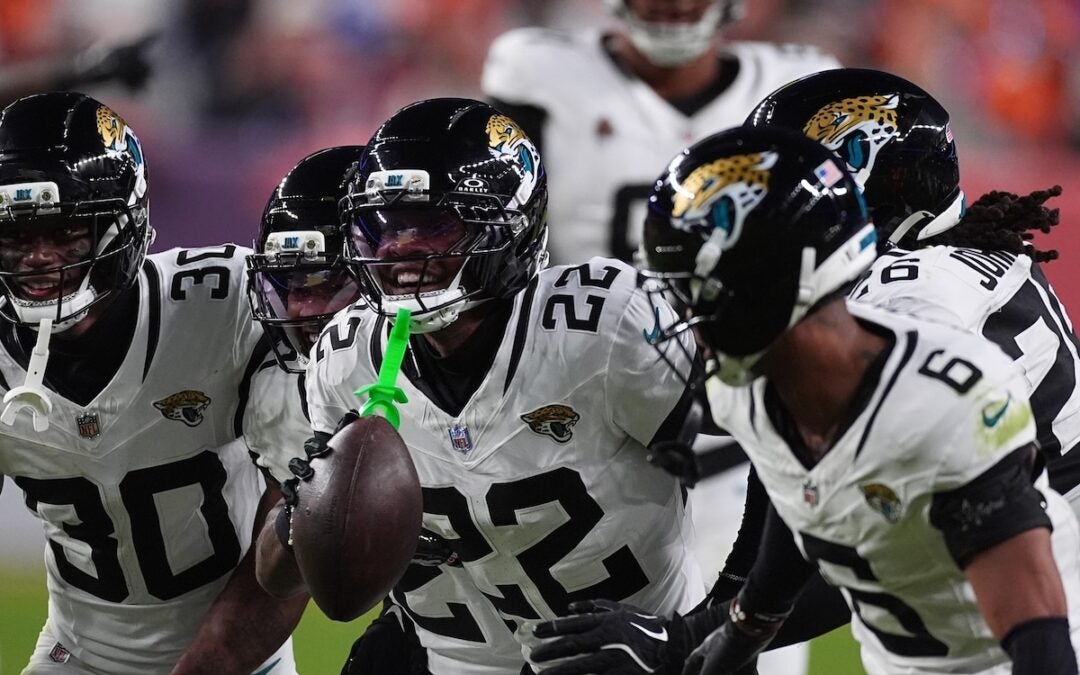Prior to and even after the Wright Brothers historic first flight in December of 1903, the future of aviation was thought to be in lighter-than-air balloons as opposed to powered flight.
Ballooning was thought to be safer and more reliable than the newly fangled four piston engines that produced around 12 horsepower to keep the craft aloft.
After all, an airship could be easily brought back to Earth, whereas an airplane crash usually involved injury, if not death.
Future President Thomas Woodrow Wilson, who grew up in Augusta, sketched balloons racing in his notebook along with the starting line-up of his baseball team, the Lightfoot Baseball Club.
Julian Thomas was the son of a Confederate cavalry officer, Jefferson Thomas, and Ella Gertrude Clanton Thomas, a Confederate sympathist writer and later a major figure in the Suffragette movement and a notable person in her own right.

Thomas attended Medical College of Georgia, trained to be a doctor and then emigrated to New York to seek his fortune. Like many his age, Thomas was a bit of a daredevil, starting with racing cars and later, he became interested in flying.
It was around 1905 that Thomas met Roy Knabenshue, another aviation enthusiast, who was becoming known for building and piloting airships. Thomas wasted no time using his amassed wealth to dive into the hobby head first.
A year later, according to the New England Aviation Museum, Knabenshue and Thomas co-piloted a balloon together from New York to Massachusetts on an “endurance run,” stopping over in Noank, Conn. for the night before heading back out to the skies, hugging the coast all the way to their destination. The 225 mile trip to Plymouth was largely uneventful until it was time to put the balloon back on the ground.
Onlookers watched in anticipation as, while attempting to land, the balloon was hit by sudden wind gusts, threatening to carry the airship out to sea. But the “water anchor” worked and the pair managed to get the balloon back to terra firma with Knabenshue suffering a minor cut to his forehead.
The trip landed the pair in the news headlines of the day with the New York Times declaring it to be “one of the most successful balloon trips yet undertaken in this country.”
The balloon trip resulted in fame for Thomas, especially in his hometown, where he was branded a “auronaut.” Later that same year, 1906, Thomas was invited by the sponsors of the Georgia-Carolina fair to come to Augusta and show off his piloting skills.
Unfortunately, without his co-pilot, Thomas was more of a daredevil than a dedicated aviator and this time things did not go so smoothly.
According to historian Ed Cashin, in his book, “From Balloons to Blue Angels”, upon liftoff, a seam ruptured on the balloon and then a tow rope snagged on a fence. A sudden gust of wind hit the moment Thomas cut the tow rope and the balloon shot up like a rocket and carried Thomas off, out of sight of the crowd.
Thomas tried to set the airship down in a field some two miles away, but then another rope snagged his angle, dragging him along behind the out of control craft.
Eventually the hapless thrill-seeker managed to free himself and walked away with a few bruises and bumps to his pride.
From there, Thomas slipped off the history radar after inventing a airplane style propellor-driven car that scared horses and the public alike.
Augusta, though, didn’t give up on having air spectacles, the next year the organizers of the fair brought in an “aeronaut” by the name of Mademoiselle Theresa.
By all accounts, Theresa put on a thrilling show that made headlines that caught the attention of the Wright brothers, who would eventually choose Augusta as the site of a satellite pilot school.
…And that is something you may not have known.
Scott Hudson is the Senior Investigative Reporter, Editorial Page Editor and weekly columnist for The Augusta Press. Reach him at scott@theaugustapress.com











